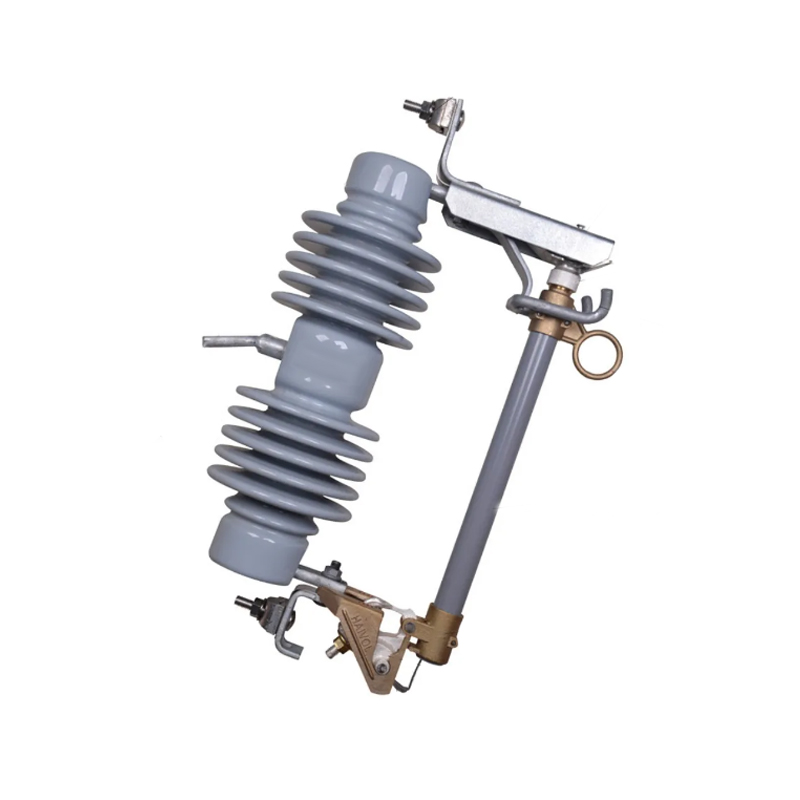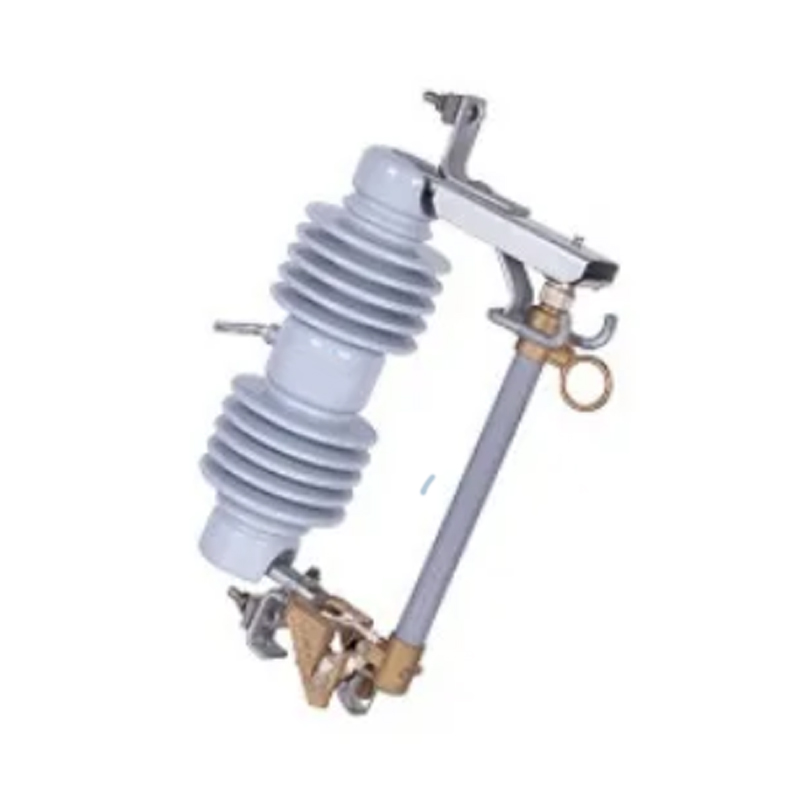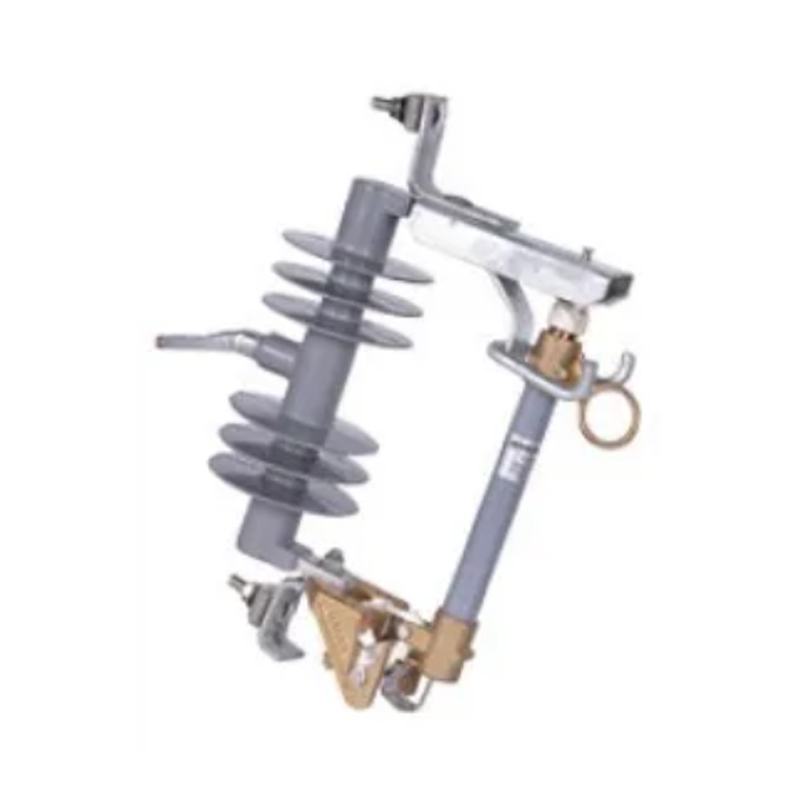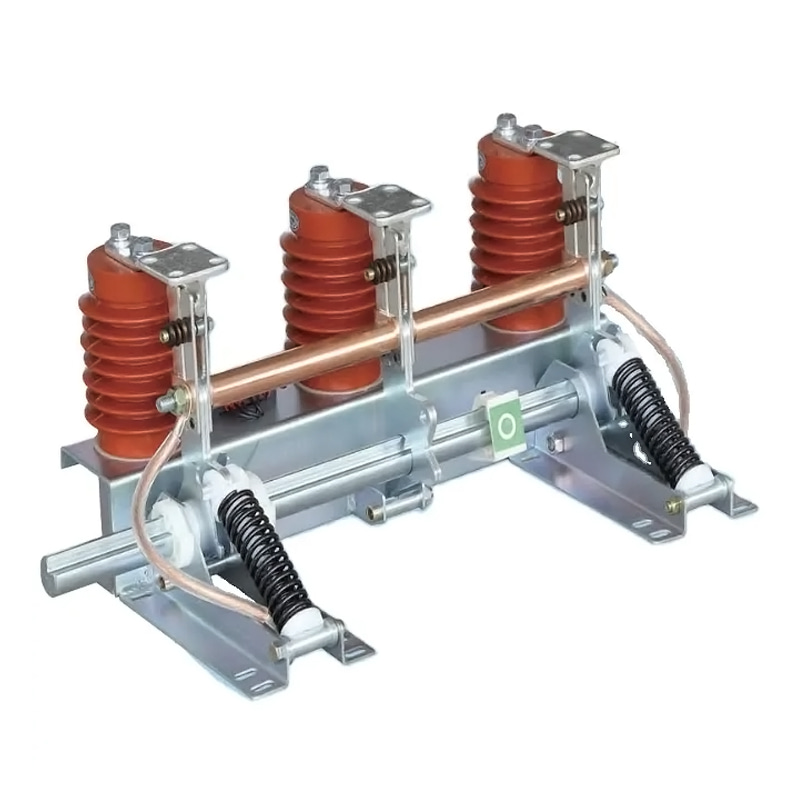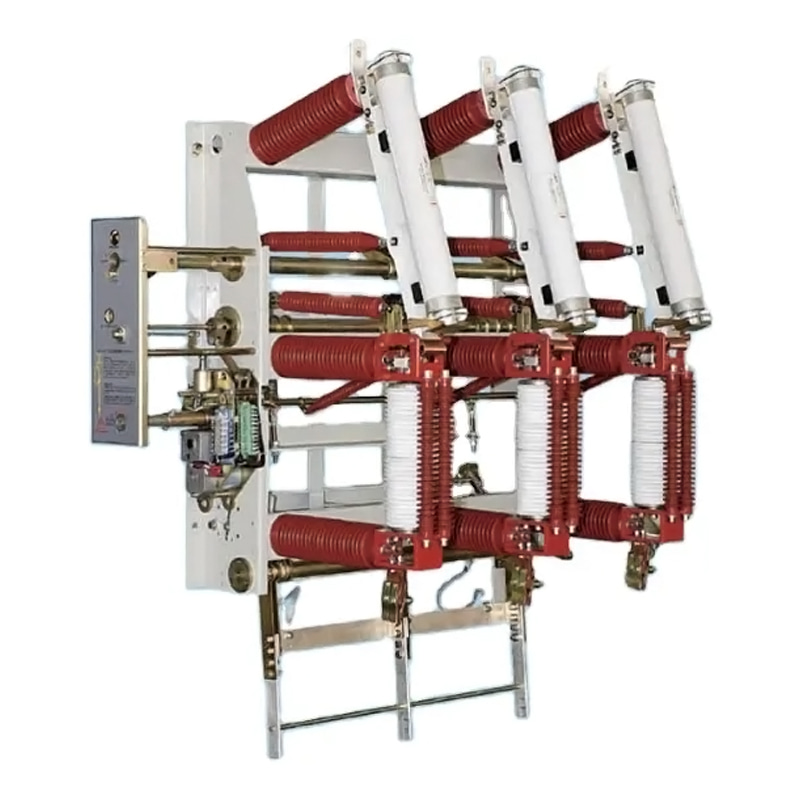SF6 RMU, as part of MV power distribution switchgear, offers several advantages, including arc-quenching capabilities and enhanced insulation. Yet, leakage of SF6 gas, even in small amounts, can cause reduced insulating properties and potentially hazardous conditions. Operators, engineers, and maintenance teams frequently express concerns about how to detect, prevent, and manage such gas leaks while ensuring continuous operation of the switchgear.
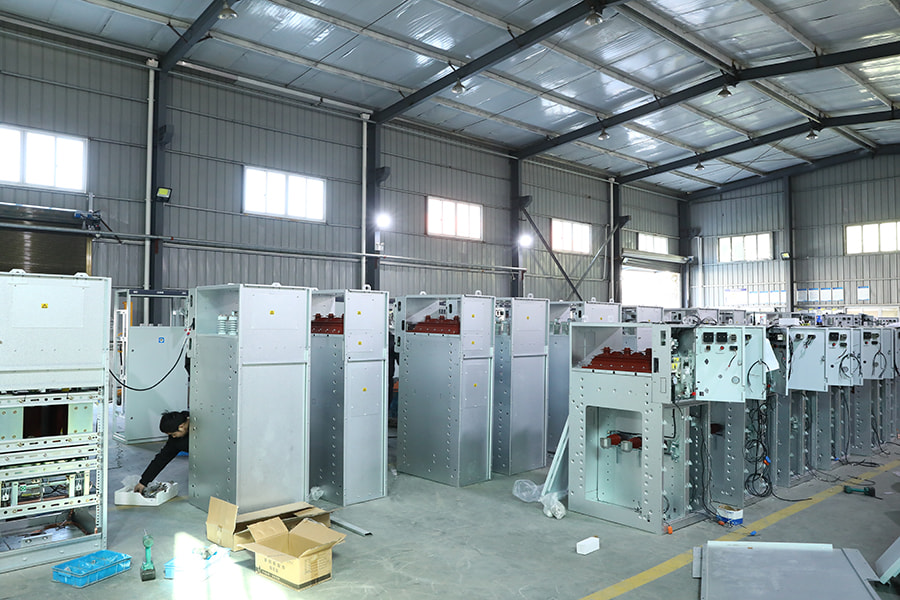
Causes of SF6 Gas Leakage
Seal Deterioration
The more common cause of SF6 leakage is the gradual deterioration of seals. Over time, rubber or synthetic seals can become brittle or shrink due to temperature variations, humidity, or prolonged operation. Even minor cracks can allow gas to escape, reducing the insulating efficiency of the RMU.
Mechanical Damage
Physical impacts, mishandling during transportation, or improper installation can compromise the gas chamber. Any dent, scratch, or deformation in the enclosure may cause leaks. Ensuring careful handling during installation and maintenance is critical for preserving SF6 integrity.
Manufacturing Defects
While modern SF6 RMUs undergo strict quality control, manufacturing defects such as uneven welding, improper gasket installation, or material inconsistencies can create weak points susceptible to leakage. Choosing a reliable manufacturer like Qinghang Electric Co., Ltd. ensures that quality standards are met.
Environmental Stress
harsh environmental conditions can accelerate material degradation. High temperatures may cause thermal expansion, while humidity can affect metal and insulating components. Outdoor installations need to account for these factors to maintain long-term gas tightness.
Operational Errors
Incorrect operation, such as opening or closing the unit under unsafe conditions or bypassing safety protocols, can stress the gas system. Training personnel to follow correct operational procedures reduces the risk of inadvertent leaks.
Detection Methods for SF6 Gas Leakage
Regular Gas Pressure Checks: Monitoring the internal pressure of SF6 compartments helps detect early signs of leakage.
Infrared and Ultrasound Detection: Advanced sensors can identify gas escaping at joints or seals without requiring equipment shutdown.
Visual Inspection: While not as precise, routine checks for oil stains, corrosion, or mechanical damage can provide early warning signs.
Prevention Strategies
Quality Assurance and Testing
Implementing strict QA standards during manufacturing and before shipment ensures SF6 RMUs meet high reliability standards. Leak testing at various stages of production can reduce early-stage failures.
Environmental Management
Installing MV Power Distribution Switchgear in controlled environments helps prevent excessive thermal and humidity stress on SF6 RMUs. Ventilation and temperature regulation are key considerations.
Regular Maintenance and Monitoring
Routine inspections, gas pressure monitoring, and timely replacement of aging components help prevent leakage before it becomes a critical issue.
Operator Training
Educating personnel on proper handling, maintenance, and emergency response ensures that human error does not become a cause of SF6 leakage.
Use of Advanced Detection Tools
Continuous gas monitoring devices integrated with alarms can provide real-time feedback, allowing operators to respond quickly to potential leaks and maintain uninterrupted operation.
SF6 gas leakage in RMUs can significantly affect the performance and safety of MV power distribution switchgear. By understanding the underlying causes, employing reliable detection methods, and implementing preventive measures, operators can enhance the reliability and longevity of their electrical distribution systems. Qinghang Electric Co., Ltd. emphasizes proactive maintenance, environmental management, and operator training as core strategies to mitigate SF6 leakage risks while ensuring safe and efficient operation.



 English
English русский
русский عربى
عربى